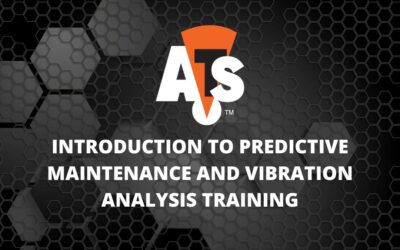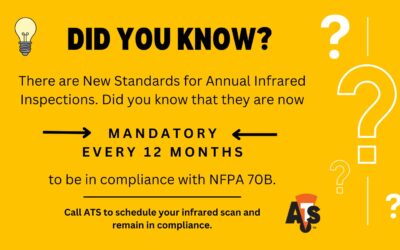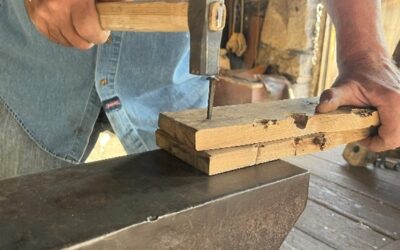Ballbar data will quantify faults in the machine center such as servo mismatch, stick-slip error, straightness of the axes, lateral play, backlash, reversal spikes, circularity error, scale, and machine geometry. Each of these conditions can be trended over time.
Just Like Machines, We Perform Better When We’re Well-Maintained
At ATS, we know that optimal performance starts with consistent care—whether it's for complex equipment or the people who keep operations running. That’s why we recently wrapped up a company-wide Health Challenge, bringing together five teams of dedicated employees...
Boost Your Team’s Efficiency with ATS Predictive Maintenance Training—On-Site or In-House!
In the world of manufacturing, efficiency is everything. Unplanned downtime, equipment failures, and costly repairs can halt production and eat into your bottom line. But what if you could predict when your equipment was about to fail before it became a problem?...
ASK THE EXPERTS: A Question from the Petrochemical Industry
This question is from Mark in the Petrochemical Industry: For average criticality machinery monitored periodically with portable vibration data collectors, how often should the data be collected and should that interval be changed when a problem is observed? Bob: ...
Portable Vibration Data Collection Intervals
The goal of condition monitoring and evaluation activities is to identify problems, or potential problems, in operating machinery and systems early enough that proper corrective action can be taken with minimal to no impact on productivity. Getting to the correct...
Is It Time for Your Mandatory Annual or Biannual NFPA 70B Inspection?
As we approach mid-year it's a good time to review your equipment scan history and determine if you're in compliance with NFPA 70B. As of January 16, 2023, all electrical equipment must be inspected using infrared thermography technology at least every 12 months. In...
If Your Only Tool is a Hammer, Every Problem Looks Like a Nail
“If your only tool is a hammer, every problem looks like a nail.” Several scholars used and published this analogy in the 1960s, but the idea can be traced back at least a century sooner to a London publication in 1868. Nowhere is it truer than in the Condition...







